One of the most impressive features of the Phase One IQ Series of Digital backs, (IQ140, 160 and 180), would have to be their LCD screen. This screen, which has been compared to the quality of the Apple retina displays, is a vast improvement over the LCD screens that were used on the older Phase One backs like the P45+. With the IQ series, you have a screen that gives the photographer 100% positive feedback during the image capture processes. The most critical piece of feedback being the ability to quickly zoom in to a 100% view of your image and check for focus. The LCD size on the Phase One IQ series backs are 3.2 inches. The screen on the IQ backs is a touch screen and thus allows you to move around the information being displayed without having to hit any physical buttons.
The ability to zoom into 100% to check the image for critical focus is one of the most important features for my work since I use a Tech Camera. Anyone using a Tech Camera knows that obtaining critical focus is one of the most challenging aspects to their use. Phase One’s sensor does not work well with “live view” so most people myself included will take the shot based on focus settings they think are close, then view the captured image on the screen and from there fine tune the focus if needed. The touch screen design of the Phase One IQ back lets a photographer do this in seconds rather then minutes. If the LCD screen is damaged, scratched, or has had some of the anti-reflective coating rubbed off, this process of zooming to 100% and checking the focus can become much more difficult.


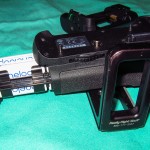

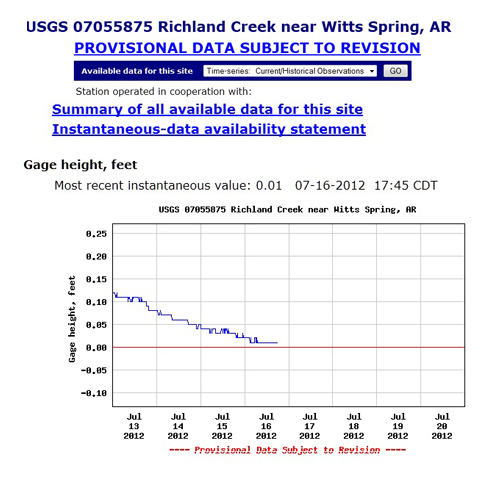

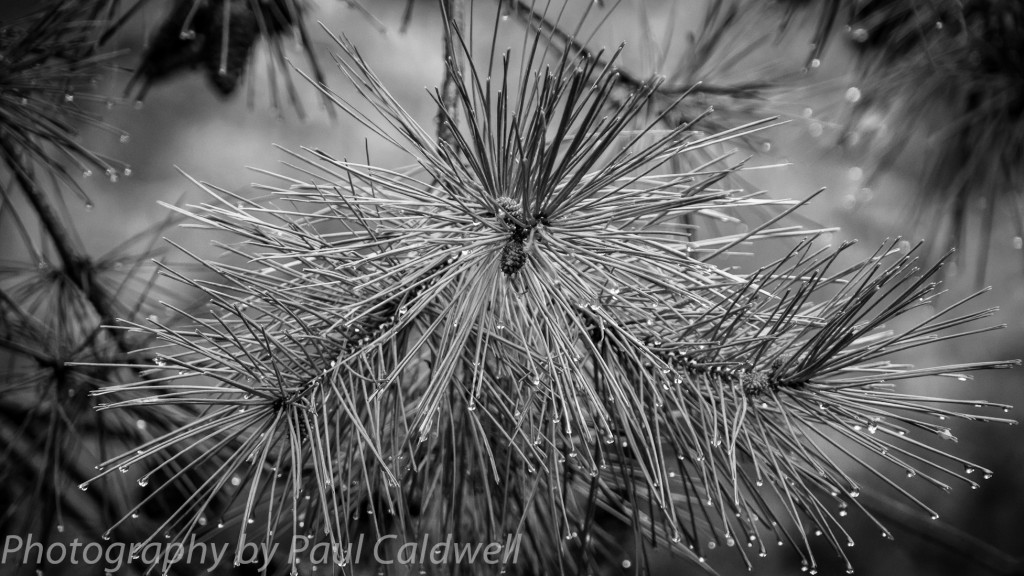
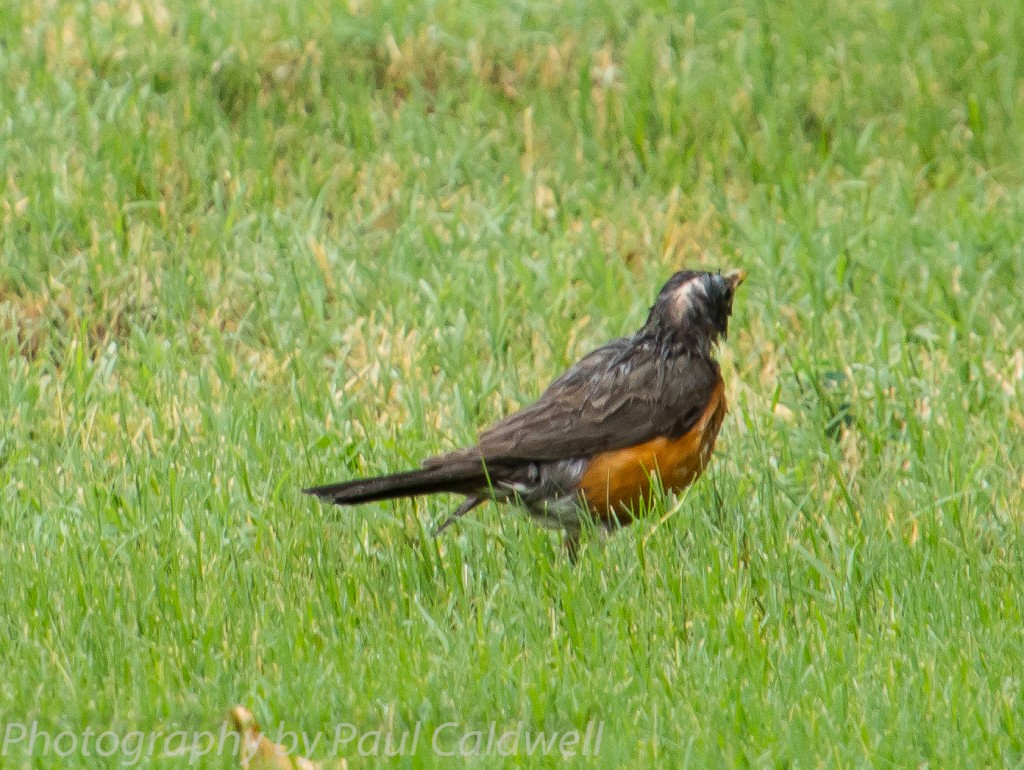
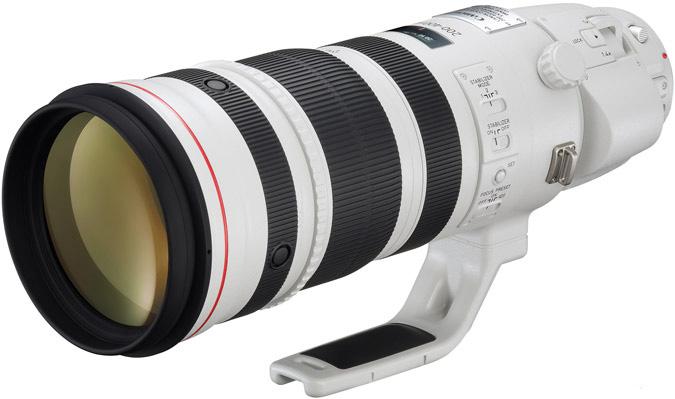
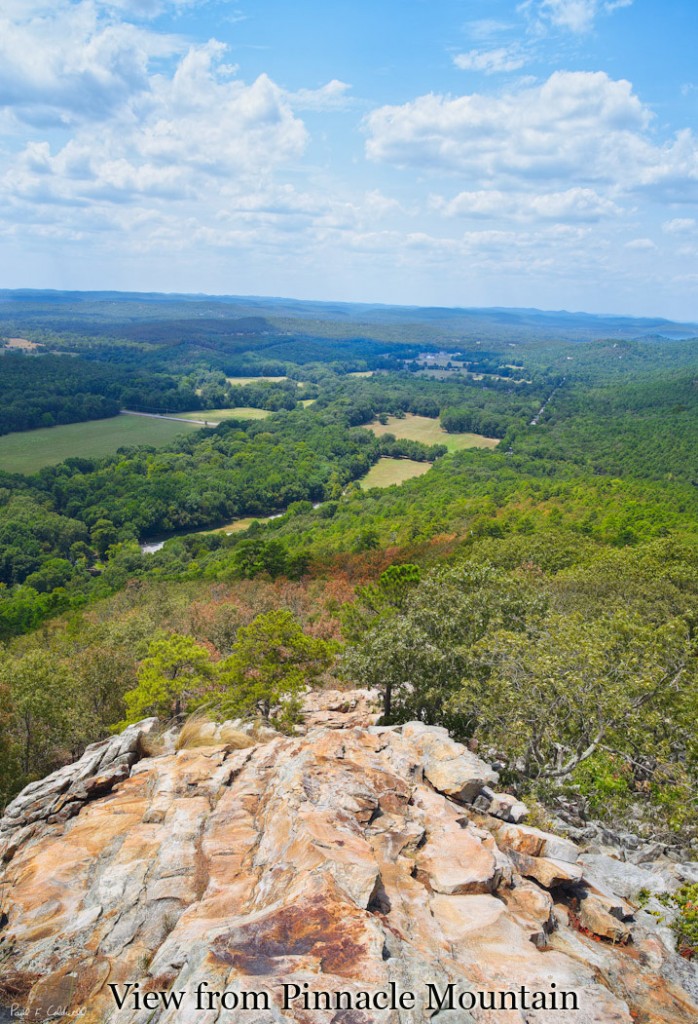
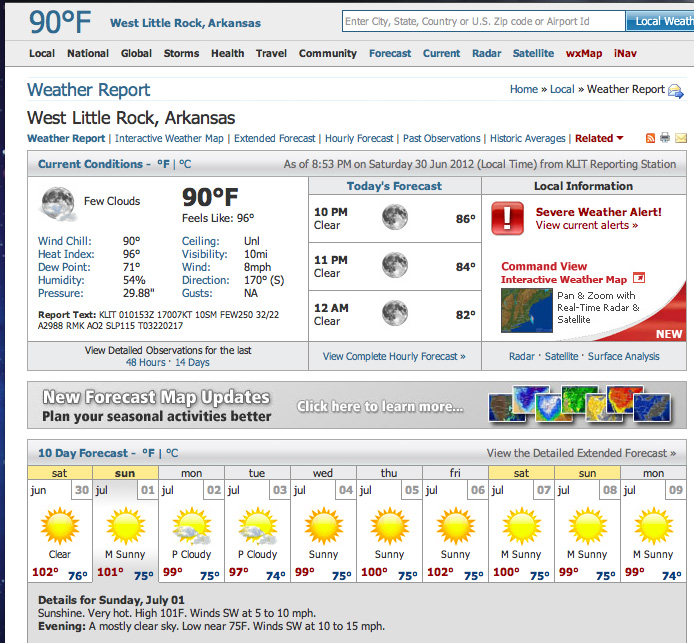
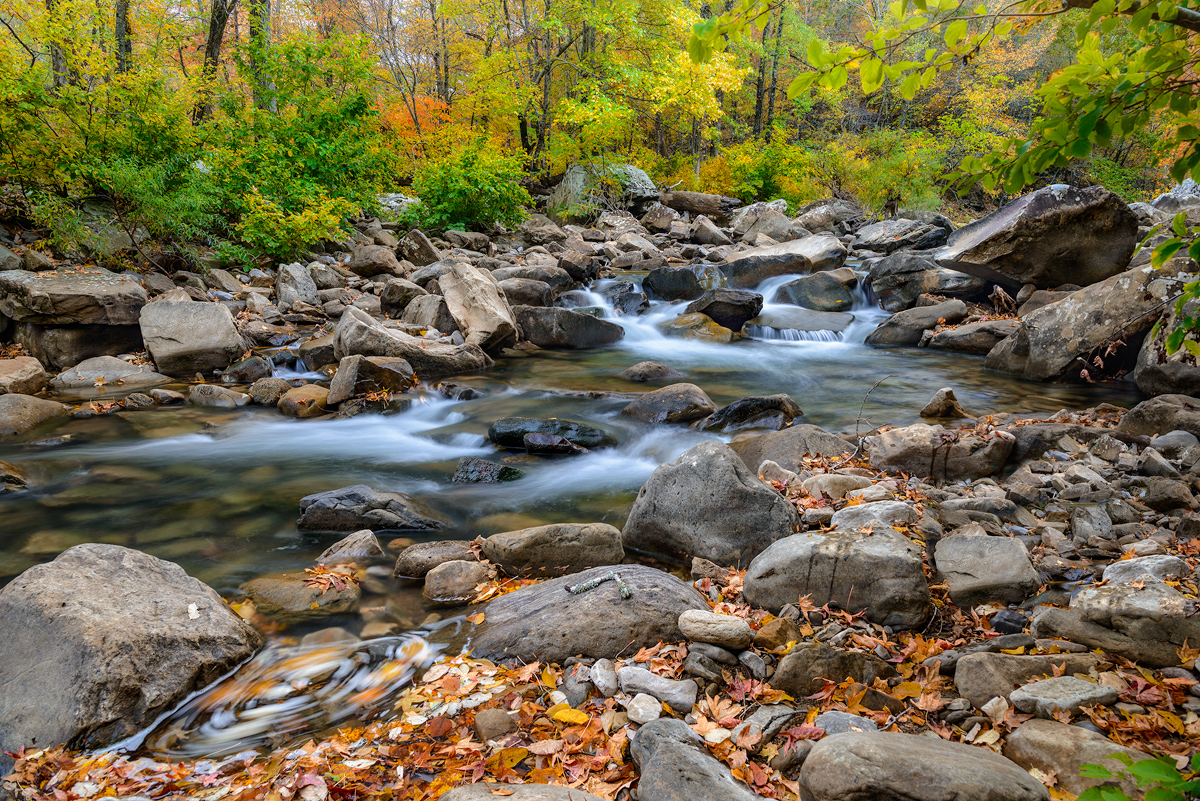
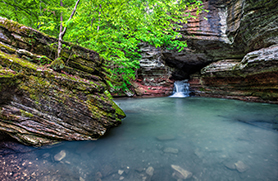
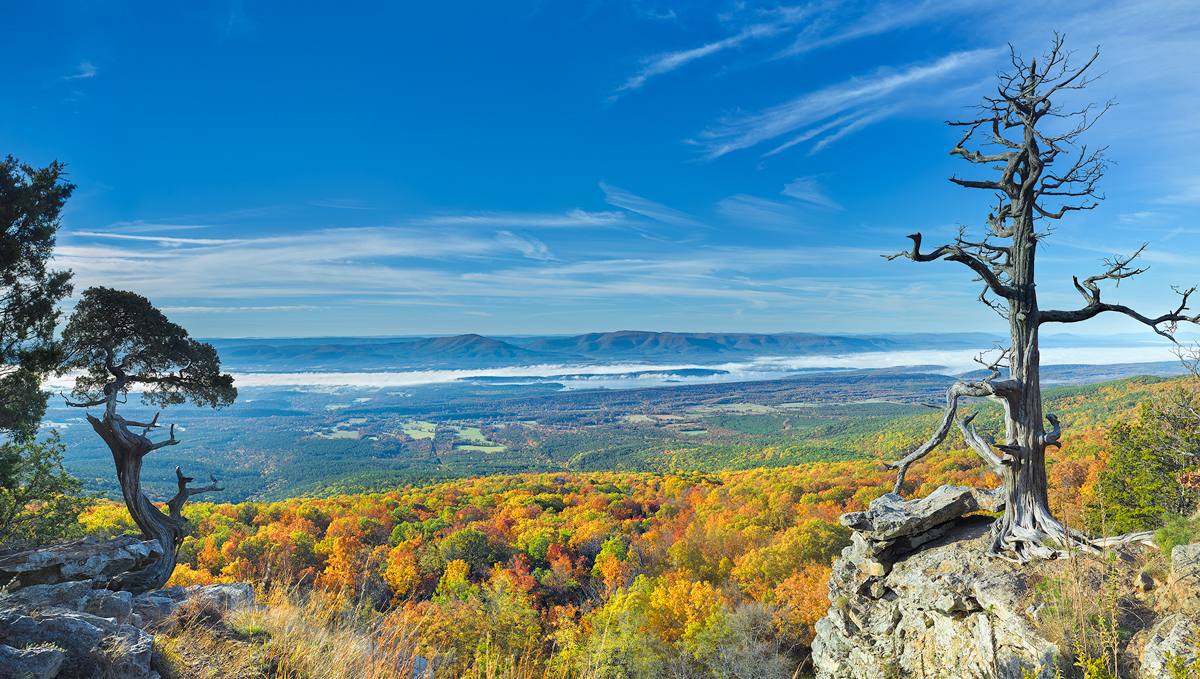
Recent Comments